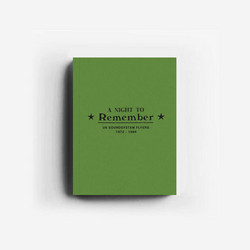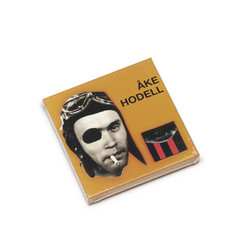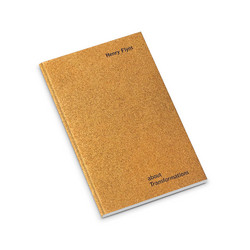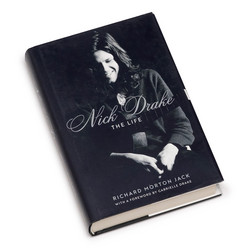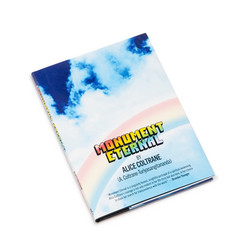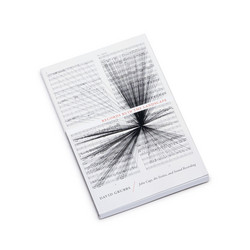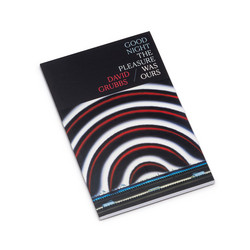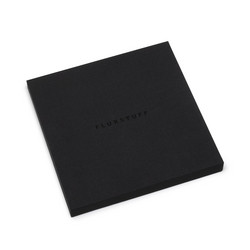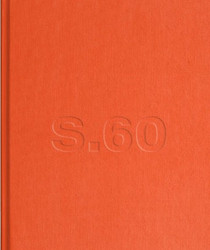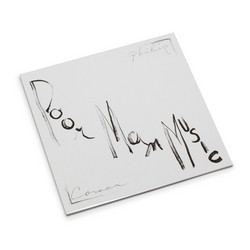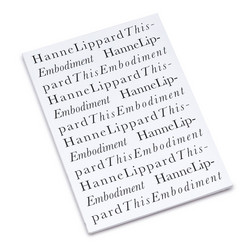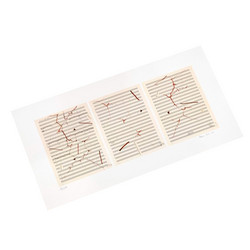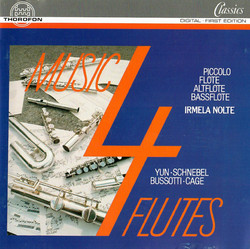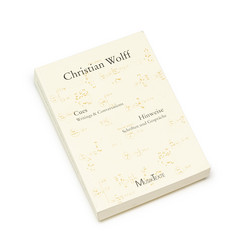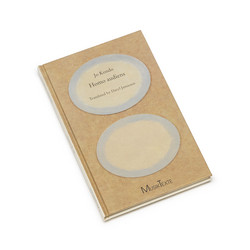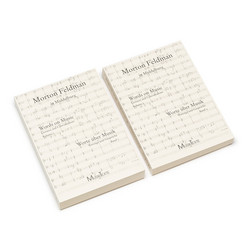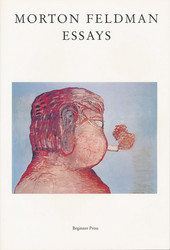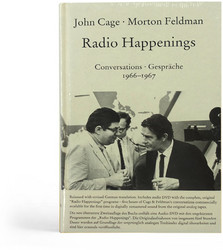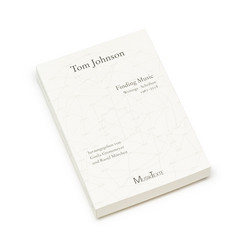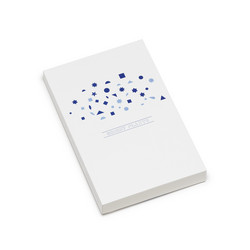Dieter Schnebel
Mo-No Music to Read | Musik zum Lesen (1969) (Book)
Expanded new edition of this 1969 classic. 244 pages, English/German edition. There must be no victors, not even in the arts… This was the credo Dieter Schnebel shared with artists like John Cage and remained faithful to his whole life. The arts and the world, music and everyday life – these were no contrasts to the composer, church minister, musicologist and teacher who had been born in Lahr in Baden. He created a new open concept of work which left boundaries in space and time behind and saw the composer as creative trigger, not as completer of the work. As Schnebel understood the performance situation as a truly democratic event, he brought street noise into the concert hall. In the 1960s, the first performances of his early works, which could only be vaguely described by the notions of concept art and fluxus, were surrounded by scandal. The more Schnebel understood music as almost unconditioned action in experimental and archetypal situations, the more the performer emancipated him- or herself from the composition. No longer did the performer function as servant of an oeuvre completed in itself, but rather the moment when the music was produced became the true content of the work. ‘Not the tones or other acoustic elements make up the musical material but rather the processes of their production,’ Schnebel once outlined his approach.
This reading and picture book does not offer literature or eye-catching art for the eyes. Rather, MO-NO is music – a music to read; more precisely: music for one reader. The reading of the book is intended to stimulate music in the listener’s head, so that in being alone in reading – mono –; one becomes the performer of music, makes music for oneself.
This book partly contains texts intended to mislead into the hearing and linking of passing sounds. “Notice what’s coming in from outside – wind, water, rustling trees – rolling traffic, signals –voices, twittering birds, barking dogs – or that? – gradual change from one to the other – at the same time different transitions erratic, gentle – that’s how it sounded some time ago, yes ...”
In part, the texts describe sounds that can only be imagined, that is imaginatively generated by the reader: “A silence – where nothing more can be heard from outside – maybe the tranquility of vast expanse – above the clouds... ocean...” “a piercing and penetrating sound that smears – with the touch of an English horn (in a sad way). Is it the sound of the dentist’s turbine drill, that drives into you... Let’s leave it and go into the microglissando sound of a crane fly that whirs around your head at night ...”
Furthermore, the book contains notes – admittedly not the kind one is used to (which one could play), but rather those which are only revelaed through observation and thus lead to the imagination of unreal sounds.
Some notes awaken the illusion of sounds in the room through perspective, others are deformed and distorted; yet others show a certain inner life, as if some of them grew in tones – small sounds, so to speak mini-sounds. On one sheet is a composition (“Umrisse I”) consisting only of composed pauses, whereby composed silence is offered.
So the book wants to guide the reading listener (the listening reader) to the music of the sounds that surrounds us, but also to put her/him on the trail of that imaginary music that is constantly forming within us, namely growing out of real as well as unreal sounds. (Dieter Schnebel)







